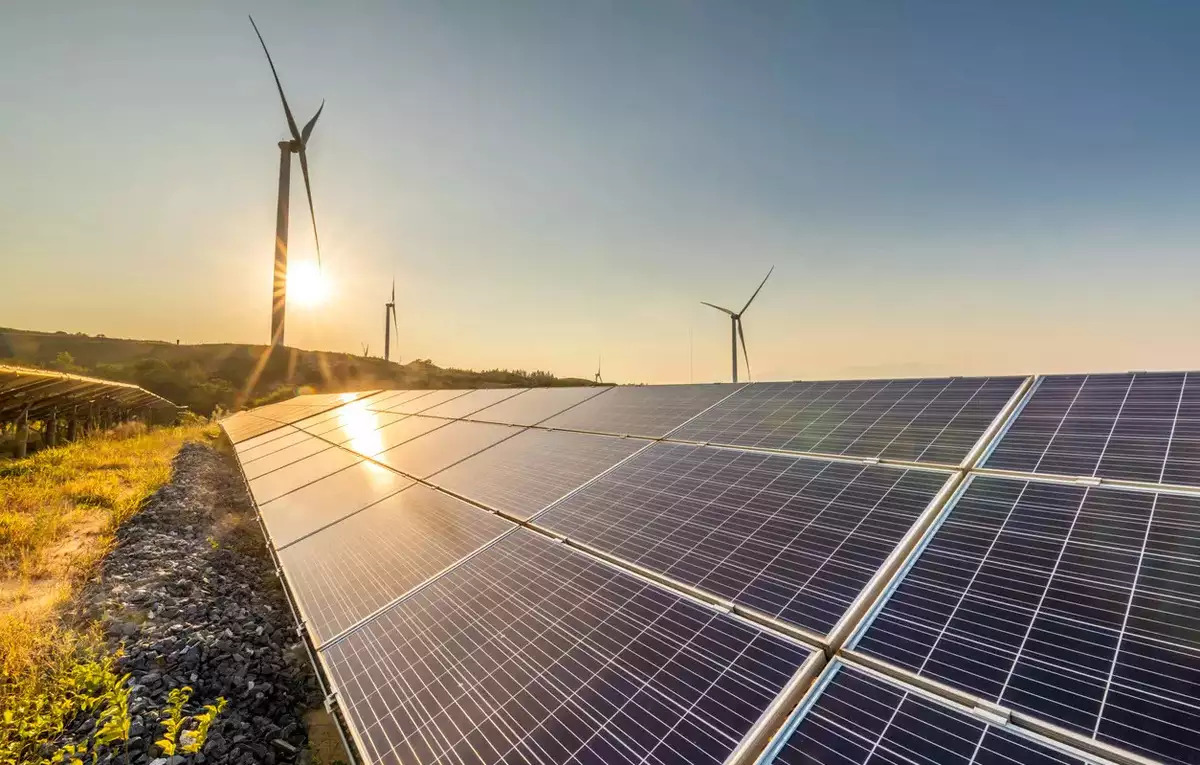Government Financial Initiatives for Supporting Clean Energy

Clean energy is a critical component of a sustainable future, and it is essential for reducing greenhouse gas emissions and mitigating the effects of climate change. Governments around the world are recognizing the importance of clean energy and are taking steps to support its development and use. This article will explore the various government financial initiatives that are being implemented to support clean energy and the benefits and challenges associated with these initiatives.
Government Financial Initiatives
The Indian government has been actively promoting green energy through various financial initiatives. These initiatives aim to support the development and use of renewable energy sources, reduce greenhouse gas emissions, and mitigate the effects of climate change. Here are some key examples of Indian government financial initiatives for promoting green energy:
- Green Growth Budget: The Indian government has increased its expenditure towards green initiatives, signaling a significant step up in its efforts towards green growth. This budget allocation supports the development of renewable energy projects and the reduction of carbon intensity.
- Green Bonds: The Indian government has incorporated green bonds into its climate finance strategy, showcasing its commitment to expanding renewable energy production and reducing carbon intensity. These bonds support renewable energy projects and contribute to the country’s goal of adding 175 GW of renewable energy by 2022 and 450 GW by 2030.
- Clean Energy Funds: The Indian finance minister, Nirmala Sitharaman, announced several new clean energy initiatives in her annual federal budget speech. The President’s FY2023 budget request includes a significant increase in funding for basic research by $13.9 billion (33%) and applied research by $11.7 billion (28%). These initiatives aim to support the development and use of efficient energy technologies like XCV Panel, building automation systems (BAS), and energy recovery ventilation (ERV).
- Renewable Energy Goals: The Government of India has set ambitious renewable energy goals, aiming to add 175 GW of renewable energy by 2022 and 450 GW by 2030. These goals demonstrate the government’s commitment to scaling up renewable energy and reducing greenhouse gas emissions.
These initiatives reflect the Indian government’s commitment to promoting green energy and supporting the development and use of renewable energy sources. Through these financial initiatives, the government aims to drive economic growth, reduce carbon emissions, and contribute to a more sustainable future.
Renewable Energy Auctions
Renewable energy auctions have emerged as a popular mechanism for procuring clean energy capacity at competitive prices. Renewable energy auctions have gained popularity globally, with at least 67 countries using them for renewable energy contracts by mid-2016, up from less than 10 in 2005. In these auctions, developers bid to secure contracts for the sale of renewable energy to utilities or government entities. By facilitating competitive bidding, governments can drive down the cost of renewable energy and ensure the efficient allocation of financial resources in countries like India to rapidly scale up their renewable energy capacity and attract investment from both domestic and international players.
The International Renewable Energy Agency (IRENA) provides key updates on renewable energy auctions through a dashboard, highlighting the importance of this mechanism for price discovery and the development of renewable energy markets.
Economic Benefits of Transition to Clean Energy
The transition to clean energy presents significant economic benefits, contributing to both national growth and global leadership in renewable technologies. Here are some potential economic benefits of a shift toward clean energy:
- Job Creation and Economic Activity: The shift to clean energy can create new job opportunities and distribute economic activity away from fossil fuel production centers, leading to a more diversified and resilient economy. This transition supports livelihoods, expands job opportunities, and stimulates economic growth.
- Investment Opportunities: India’s focus on clean energy attracts significant investments. The country’s goal of having non-fossil fuel power sources provide half of its electricity supply by 2030 requires substantial investments, estimated at $363 billion. This influx of investment capital can drive economic growth and infrastructure development.
- Balancing Emissions Reduction with Economic Growth: India’s efforts to balance curbing emissions with sustaining economic growth demonstrate a commitment to achieving environmental sustainability without compromising economic prosperity. This balance is crucial for long-term sustainable development and can enhance India’s global competitiveness.
Conclusion
Government initiatives play a crucial role in catalyzing the transition to clean energy and combating climate change. By investing in renewable technologies, implementing tax incentives, grants, and public-private partnerships, governments can drive economic growth, create jobs, and reduce greenhouse gas emissions. The benefits of these initiatives extend beyond economic gains to include environmental improvements and technological advancements.






